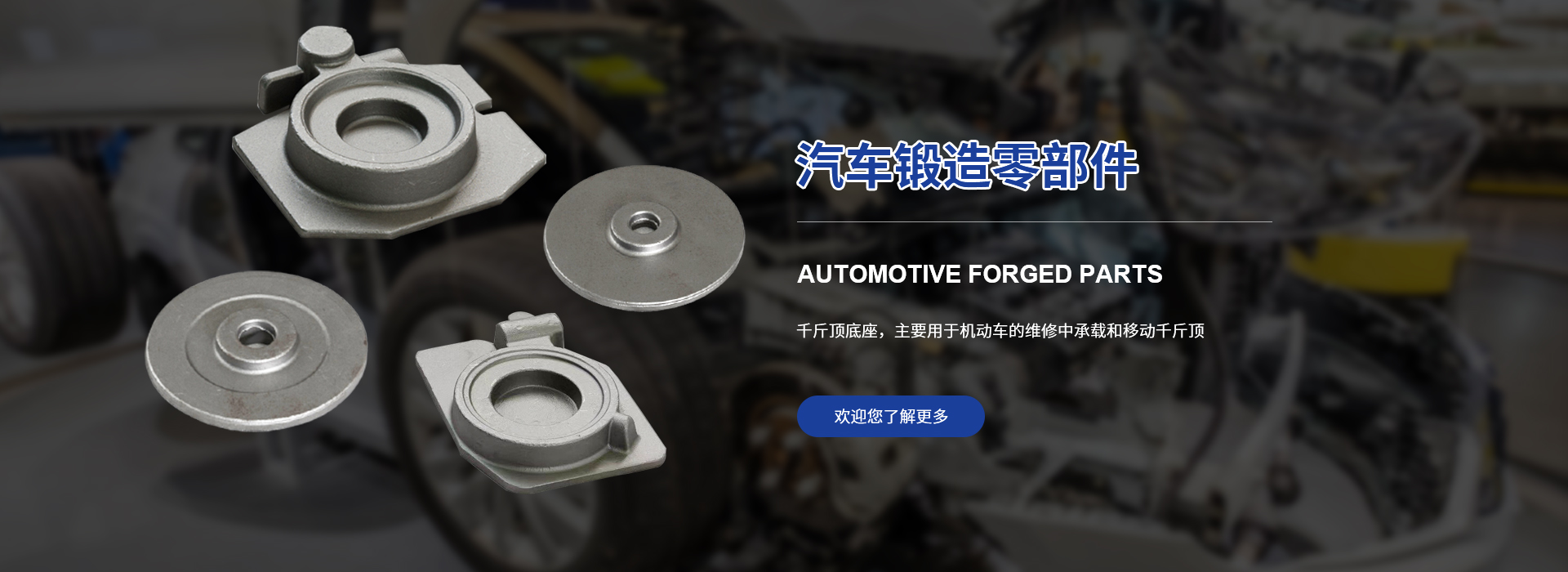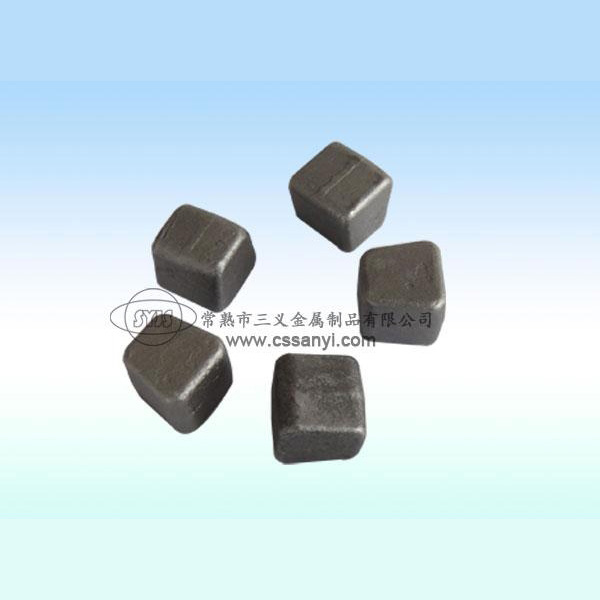
The processing method of using forging machinery to apply pressure to metal billets, causing them to undergo plastic deformation to obtain forgings with certain mechanical properties, shapes, and sizes. One of the two major components of forging. Forging can eliminate the casting porosity and welding holes of metals, and the mechanical properties of forgings are generally better than those of castings of the same material. For important parts with high loads and severe working conditions in machinery, forged parts are often used, except for simple shaped plates, profiles, or welded parts that can be rolled.
Forged parts can be divided into: ① Open forging (free forging) according to the forming method. The use of impact force or pressure to deform metal between upper and lower counterweights (anvil blocks) to obtain the desired forging. There are mainly two forging methods: manual forging and mechanical forging Closed mode forging. The forging of metal billets obtained by compression deformation in a forging die chamber with a certain shape can be divided into forging, cold heading, rotary forging, extrusion, etc. According to the deformation temperature, forging can be divided into hot forging (processing temperature higher than the recrystallization temperature of the billet metal), warm forging (below the recrystallization temperature), and cold forging (at room temperature).
The main materials used for forging parts are carbon steel and alloy steel with various compositions, followed by aluminum, magnesium, titanium, copper, and their alloys. The original states of materials include bars, ingots, metal powders, and liquid metals. The ratio of the cross-sectional area of a metal before deformation to the cross-sectional area after deformation is called the forging ratio. The correct selection of forging ratio is closely related to improving product quality and reducing costs.
Railway rail fasteners are parts used on the track to connect rails and sleepers (or other types of sub rail foundations), also known as intermediate connecting parts. Its function is to fix the steel rail on the sleeper, maintain the track gauge, and prevent the longitudinal and transverse movement of the steel rail relative to the sleeper. The railway rail fastening system is divided into: spring clip fastening system, buckle plate fastening system, and spring bar fastening system.
